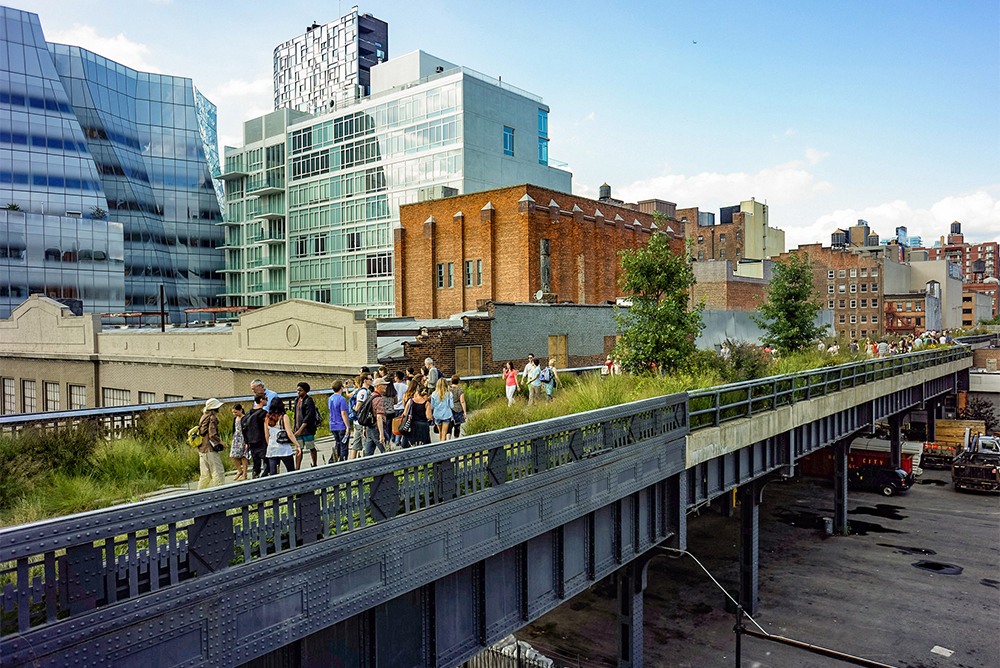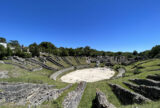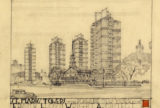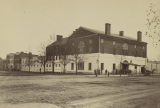How Public Is Your Favorite Public Park?
From New York’s High Line to Houston’s Buffalo Bayou Park, Wealthy Foundations Are Making Lovely Spaces That Lead to Less Equal Cities
Who owns your favorite park?
That might seem like a strange question. Many people assume that “we”—the public, the people—do. But from New York’s High Line to Houston’s Buffalo Bayou Park, parks in U.S. cities are increasingly managed, financed, and policed by private groups that have little accountability to the public. Just as many other services once seen as public goods—such as healthcare, schools, and water utilities—have increasingly become the property of corporations and wealthy financiers, public space, too, has been privatized.
Historians locate the origins of urban park privatization in 1970s …










